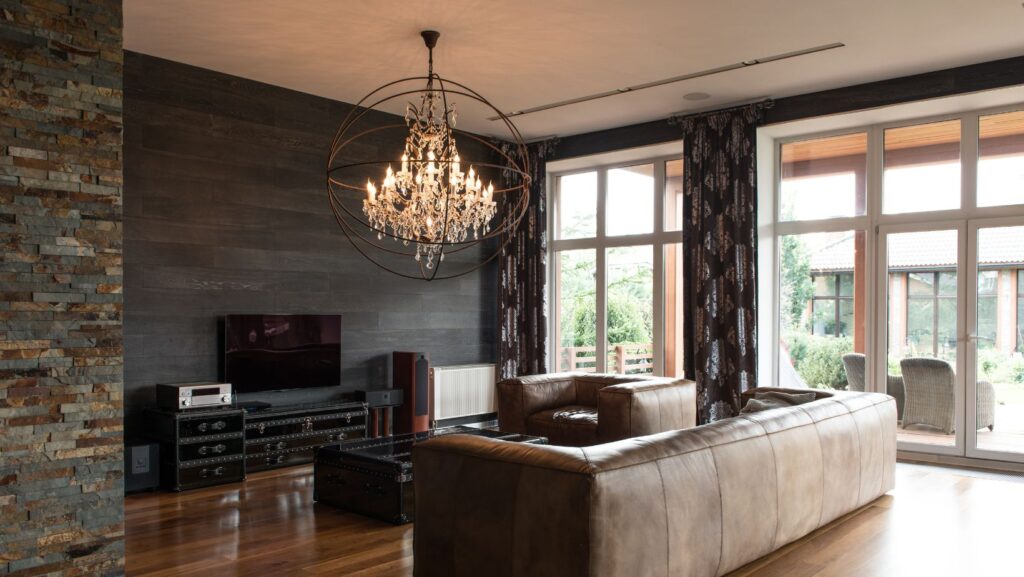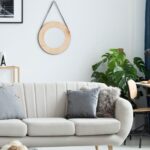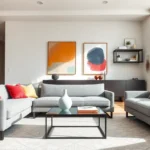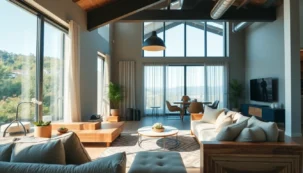
The power of color in interior design is often underestimated, yet it plays a crucial role in how we perceive and feel about a space. From creating a sense of harmony to affecting our mood and energy levels, color is a vital tool that can transform any environment.
The Psychological Impact of Color
Colors have the ability to evoke emotions and influence our mental state. For instance, warm colors like red, orange, and yellow can stimulate excitement and energy, making them ideal for social spaces such as living rooms or kitchens. On the other hand, cool colors like blue, green, and purple tend to have a calming effect, perfect for bedrooms and bathrooms where relaxation is key.
Color Harmony and Balance
Achieving the right balance of color is essential for creating a harmonious space. This involves using a combination of primary, secondary, and tertiary colors that complement each other. The 60-30-10 rule is a popular method in interior design, where 60% of the room is a dominant color, 30% is a secondary color, and 10% is an accent color. This approach ensures a balanced and visually appealing room.
Cultural Significance of Colors
Colors can have different meanings and significance across cultures. For example, while white is often associated with purity and cleanliness in Western cultures, it can signify mourning in some Eastern cultures. Understanding these cultural nuances is important, especially in multicultural environments, to ensure that the color choices in interior design are appropriate and respectful.
Read also: The Hidden Power of Sound in Video Games
The Role of Color in Space Perception
Color can also affect how we perceive the size and shape of a room.
Light colors can make a small space appear larger and more open, while dark colors can make a spacious room feel more intimate and cozy. Designers often use this principle to manipulate how a space feels, depending on the desired outcome.
Current Color Trends in Interior Design
Keeping up with current trends can inspire fresh ideas for your own space. In recent years, pastel colors and earthy tones have gained popularity, bringing a sense of tranquility and connection to nature. Bold and vibrant colors are making a comeback as accents, adding pops of energy and personality to otherwise muted spaces. These trends reflect a growing desire for spaces that are both comforting and invigorating.
Utilizing Technology for Color Selection
The integration of technology in design has made color selection more accessible and precise. With various apps and digital tools, designers and homeowners can visualize color schemes before making a final decision. These tools often include features like VBET, which help in coordinating colors with existing furniture and decor, ensuring a cohesive look.
The Personal Touch of Color
Ultimately, color choice is a personal preference that reflects individual tastes and styles. While trends can offer guidance, the most important aspect of color in interior design is how it makes you feel in your own space. Whether you prefer a minimalist palette or a vibrant mix, the key is to create an environment that feels uniquely yours and enhances your daily life.













